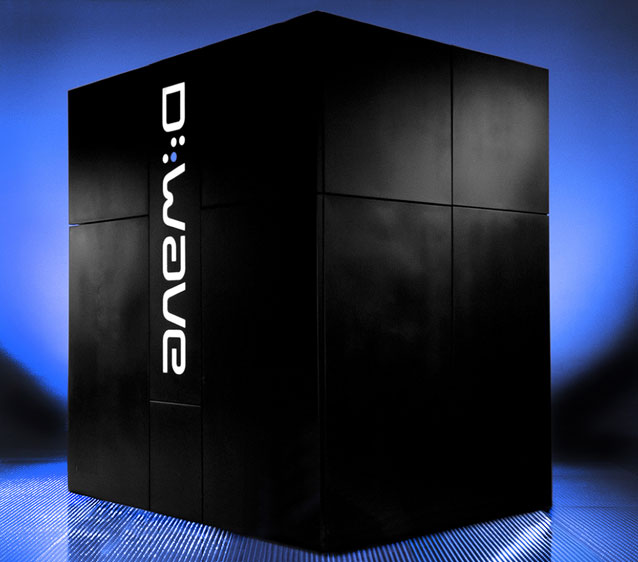
D-Wave's quantum optimizer has found a new customer in the form of a partnership created by Google, NASA, and a consortium of research universities. The group is forming what it's calling the Quantum Artificial Intelligence Lab and will locate the computer at NASA's Ames Research Center. Academics will get involved via the Universities Space Research Association.
Although the D-Wave Two isn't a true quantum computer in the sense the term is typically used, D-Wave's system uses quantum effects to solve computational problems in a way that can be faster than traditional computers. How much faster? We just covered some results that indicated a certain class of problems may be sped up by as much as 10,000 times. Those algorithms are typically used in what's termed machine learning. And machine learning gets mentioned several times in Google's announcement of the new hardware.
Machine learning is typically used to allow computers to classify features, like whether or not an e-mail is spam (to use Google's example) or whether or not an image contains a specific feature, like a cat. You simply feed a machine learning system enough known images with and without cats and it will identify features that are shared among the cat set. When you feed it unknown images, it can determine whether enough of those features are present and make an accurate guess as to whether there's a cat in it. In more serious applications machine learning has been used to identify patterns of brain activity that are associated with different visual inputs, like viewing different letters.
Machine learning is only one of a number of fields within artificial intelligence and D-Wave isn't offering a true quantum computer, so the project's name (the Quantum Artificial Intelligence Lab) is somewhat overselling the project. But that doesn't mean that useful and exciting work won't come out of it.
reader comments
71